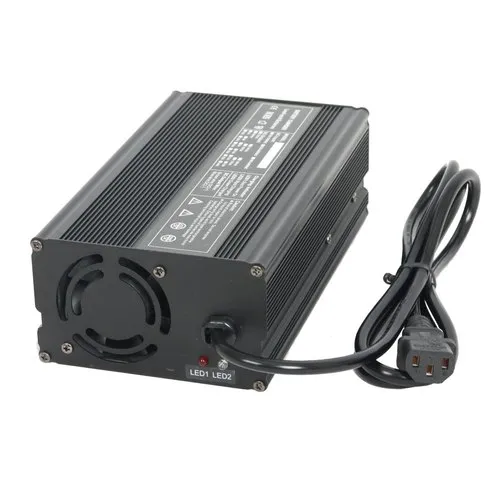Your battery is at the core of any ebike and plays a critical role in how long and far you can ride! Therefore, selecting an adequate battery should be your top priority to meet all of your riding requirements.
Voltage and Amps (VA) are essential when choosing a battery, but Watt Hours (Wh) provide more accurate measurements! Watt Hours show you exactly how much power the battery can provide over an hour period.
Battery Lifespan
Batteries provide power for many electric and electronic features, from lights to fuel injection and beyond. Batteries also must be capable of starting the engine, maintaining accessories when necessary when the engine cannot, as well as protecting electronics against sudden spikes in voltage spikes.
Your motorcycle battery’s lifespan depends on several factors, including its type and care as well as temperature considerations. A lead-acid wet cell battery (also called wet cells or lead acid wet cell batteries), has individual lead cells producing two volts each that connect in series for system voltage production. Each cell must be monitored frequently and replenished with fresh distilled water (rather than battery acid) when their levels become depleted.
An Absorbent Glass Mat, or AGM battery or lithium battery does not employ liquid electrolyte; rather, its electrolyte is contained within an absorbent material like fiberglass and styrene fibers in a dense sponge-like structure that’s filled with electrolyte instead. In general, these batteries usually outlive their counterpart flooded batteries by some margin.
Chargers
Noco Genius 1 battery charger for bikes offers multiple battery charging solutions on the market and stands out as being particularly ideal. It can charge both 6-volt lead-acid and lithium iron phosphate batteries at once as well as featuring an emergency force mode to bring fully depleted batteries back up to their full charge status.
A quality charger will carefully monitor a battery’s condition and stop charging once it has reached its optimum state of charge. Furthermore, it will prevent parasitic drains such as GPS units and USB ports that drain power even when not used – keeping its charge levels optimal and saving power for when the bike needs it most.
Checking and topping up a battery’s electrolyte levels regularly with deionised or distilled water should be part of its routine maintenance schedule. This is particularly crucial when dealing with wet cell batteries like those found in conventional flooded (wet) cells; while sealed AGM or gel cell types use fibreglass mats to store acid. Since conventional wet cells contain their acid in liquid form and require topping up more often, as opposed to their counterparts which store acid within fibreglass mats that don’t require constant topping up!
Temperature
Temperature management in battery packs is critical to their overall performance. At high discharge rates, batteries generate considerable heat that must be properly managed or it could lead to thermal runaway and further degradation of their contents. To mitigate this situation, cooling the battery pack with liquid coolants should be implemented as soon as possible.
Water is the go-to cooling liquid, but its moisture can evaporate during charge and discharge cycles, necessitating regular top offs with distilled water to restore battery levels to their add line levels. To stay on top of your game and protect the health of your battery it is advisable to monitor its electrolyte level and replenish as necessary with additional distilled water as the battery needs charging or discharging cycles progress.
AGM batteries are another popular choice. Instead of free electrolyte sloshing around inside their cells, AGMs utilize a glass-fiber mat that absorbs and keeps liquid in its place – also helping prevent leakage. AGM batteries also feature copper or aluminum casing to lower thermal resistance. They’re more resistant to freezing than standard flooded batteries!
Weight
Your battery pack is an integral component of your bike, contributing to its total weight and depending on what kind of cycling activities you have planned, selecting an efficient yet lightweight pack is ideal.
Lithium-iron batteries represent the latest innovation in battery design and boast excellent energy density, making them a viable replacement to lead-acid batteries with significant weight savings on rides of several pounds or more.
AGM (Absorbent Glass Mat) batteries offer impressive energy density while being suitable for vertical mounting compared to wet cell batteries that must remain upright to be submerged in electrolyte. While they require different charging systems than regular wet cells do, AGM batteries may become damaged if overcharged.
Voltage should also be taken into consideration; an electric motor is designed to turn at a certain RPM; increasing voltage will cause it to spin faster – though you will also require larger motors and heavier bikes to support that extra load.


